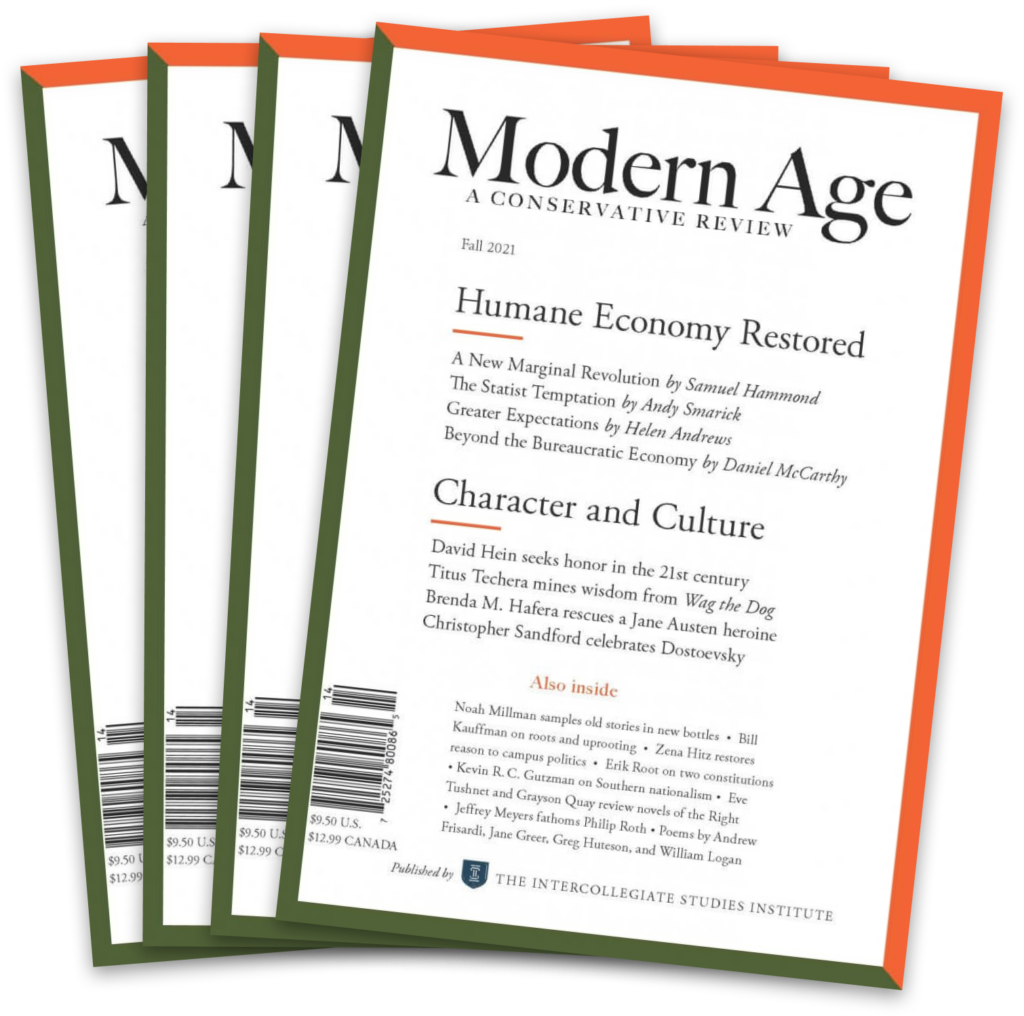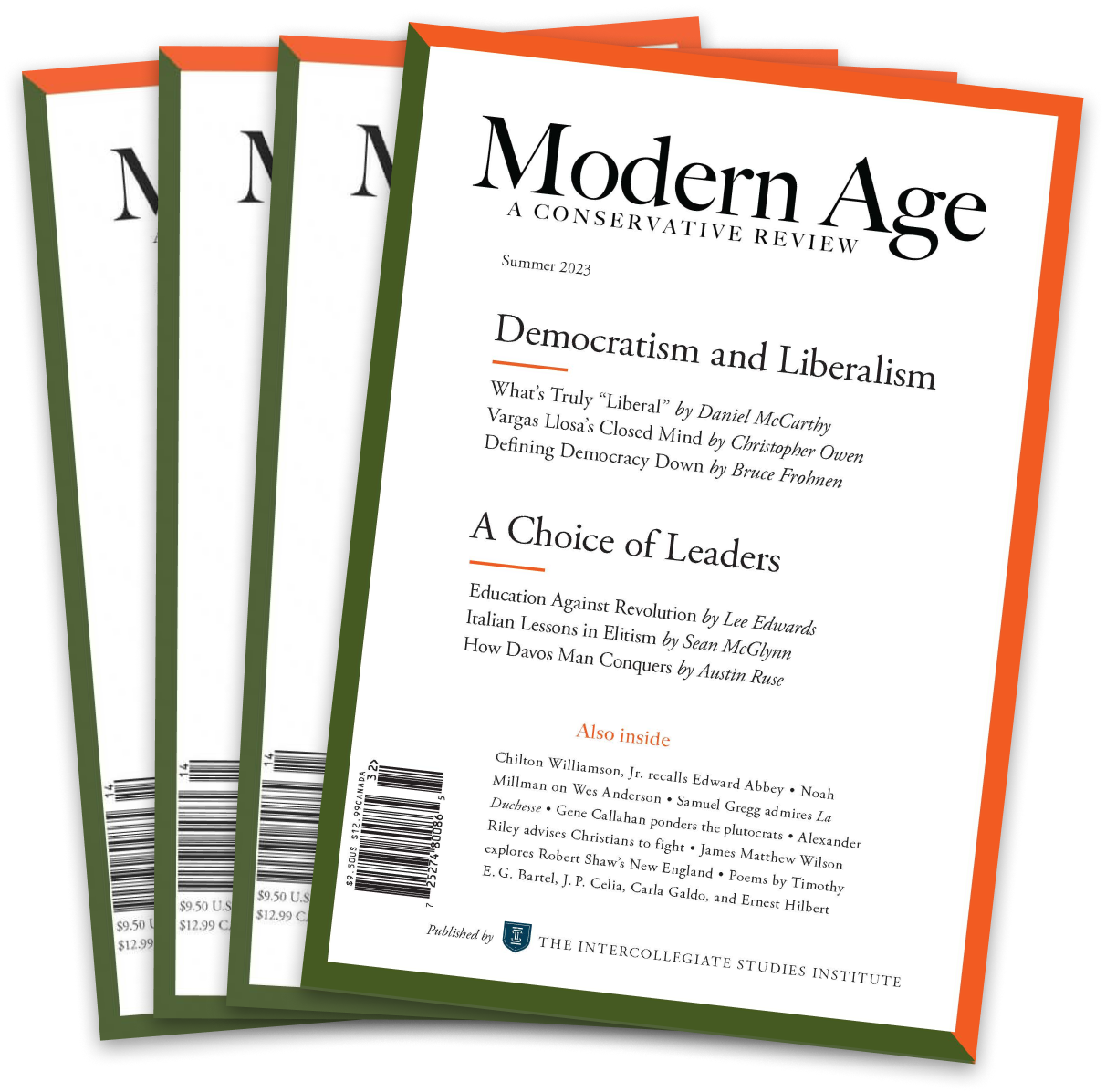The Cold War refers to the period of high tensions and ideological conflict between the United States and its allies (the West) and the Soviet Union and its allies that existed roughly from the end of World War II in 1945 until at least 1985 and the coming of glasnost (“openness”) under Mikhail Gorbachev. The phrase “Cold War” was first used and popularized by the columnist Walter Lippmann in 1947. The principal condition of the Cold War was the division of Europe into two “blocs,” the Western bloc and the communist, or Eastern, bloc. The Cold War is said to have definitively ended during the period from 1989, when the Berlin Wall was torn down and Eastern European nations gained their autonomy from the Soviet Union, to 1991, when the Communist Party collapsed inside the Soviet Union following an abortive coup against Gorbachev.
In the abstract, the division between the democratic West and the communist East seemed foreordained on ideological grounds alone. Many historians and analysts also point to the historic pattern of Russian xenophobia and expansionism as contributing factors to the Cold War. An expanding Soviet empire, even without communist ideology, could have been expected to be a major factor in world tensions. In 1835, for instance, Alexis de Tocqueville wrote in Democracy in America that “each [America and Russia] seems called by some secret design of Providence one day to hold in its hands the destinies of half the world.”
The proximate origins of the Cold War are to be found in the wartime alliance between the United States, Great Britain, and the Soviet Union against Nazi Germany in World War II. The Atlantic Charter, the agreement that established the alliance of the “Big Three” powers and set out its war aims against Germany, called for unconditional surrender and for self-determination for the Nazi-dominated nations that would be liberated during the war. The ruler of the Soviet Union, Joseph Stalin, made it clear as early as 1941 that one of his key war aims was to expand his territory to the West, at the expense of Poland. At this time the Soviet armies were bearing the brunt of the German war effort, as Britain and the United States were operating on the periphery in Africa. Stalin is said to have been concerned that the United States and Britain would make a separate peace with Hitler, leaving the Soviet Union to fight alone.
President Franklin Roosevelt thought he might be able to forestall Stalin’s territorial ambitions by promising to open up a second front in western Europe against Germany in 1942. When military realities precluded the opening of a second front in 1942 (and again in 1943), Roosevelt began to hope that diplomatic efforts could succeed in keeping the Soviet Union from dominating all of Eastern Europe. Against Winston Churchill’s advice, given in 1945, that American and British forces should push as far east as possible before the end of the war, Roosevelt and Supreme Allied Forces Commander Dwight Eisenhower halted the progress of the western armies, thus allowing the Soviet Union to occupy Poland, Czechoslovakia, Hungary, Yugoslavia, eastern Germany and Berlin, Romania, and parts of Iran, Japan, and Austria. At the Yalta conference in January 1945, Roosevelt sought Stalin’s agreement that, although the nations of eastern Europe—Poland in particular—would remain under Soviet influence, their governments would be drawn from the various democratic elements within them through democratic elections. Stalin agreed to this, but refused to allow Big Three supervision of the elections, which allowed the Soviet Union a free hand to manipulate the outcome in favor of the communists. This result led the Yalta agreement to be portrayed as a Rooseveltian “sellout” and to become a key step in instigating the Cold War.
Several events in the immediate postwar years determined the course of the Cold War. Soviet support for communist guerrillas in Greece led President Harry Truman to proclaim in 1946 a new policy of opposing communist insurgencies; the policy became known as the “Truman Doctrine,” and massive aid to the Greek government succeeded in defeating the communist guerrillas. Truman also bluntly ordered the Soviets out of Iran. In July 1946, Winston Churchill, turned out of office the previous year, delivered a speech in Fulton, Missouri (President Truman was in the audience), in which he coined the phrase “Iron Curtain” to describe the division of Europe between the Soviet and Western blocs. Also in 1946, George Kennan, then an aide in the American embassy in Moscow, sent his famous cable that articulated the policy of “containment.” The policy of containment held that the Soviet Union was an ideological and expansionist power whose extension should be checked by Western counterforce around the world. If the Soviet Union was “contained,” Kennan argued, it might eventually evolve into a more traditional and benign Great Power. Kennan’s article proved very influential for Western policymakers and was instrumental in inspiring both the Marshall Plan—the program of massive American economic assistance to European nations whose economies had been devastated by the war—and the North Atlantic Treaty Organization (NATO), which was the military alliance Western nations formed to confront the armed might of the Soviet Union and its allies.
Throughout the rest of the 1940s and 1950s, high-intensity ideological warfare and surrogate armed skirmishes in Third World nations characterized the Cold War. Espionage and propaganda took on great importance for both blocs during this period. The United States established a permanent intelligence organization, the Central Intelligence Agency (CIA), and several media directed at the populations of the captive nations behind the Iron Curtain. The most notable of these were the radio networks known as the Voice of America and Radio Free Europe, both supervised by the U.S. Information Agency. Among intellectuals and academics, the Congress for Cultural Freedom was established to promote democratic principles. The CCF founded a journal named Encounter that published articles from liberal anticommunist intellectuals. The Hiss case and the Soviet theft of American atomic weapon secrets—culminating in the Soviets’ development of the bomb years before our intelligence services expected—raised the issues of espionage and domestic communist activities to a high profile in American politics. Senator Joseph McCarthy of Wisconsin sought to expose Soviet agents in America through a series of congressional investigations. His tactics were generally regarded as reckless (from whence comes the term “McCarthyism”), and his unpopularity partially discredited anticommunism as a domestic political force.
In 1949, China fell to communist forces led by Mao Zedong, setting off recriminations in American politics about “who lost China.” Also in 1949, the Soviet Union blockaded Berlin, which was run jointly by the allied powers from World War II, even though it was situated well within the area of Eastern Germany wholly controlled by the Soviets. The blockade was an attempt to get the Western allies to quit Berlin and leave it fully in control of the communists, but a massive airlift of food and other supplies over several months thwarted the Soviet plan. (This was the first of several confrontations over Berlin. The most dramatic came in 1961, when the Soviet Union built the wall dividing the eastern section of the city from the sections administered by the western allies.) When the communist nation of North Korea attacked South Korea in 1950, the United States intervened under the auspices of the United Nations, securing an armistice in 1953 that restored the Korean peninsula to its prewar boundaries.
With the election of Dwight Eisenhower as president in 1952, American foreign policy, under the leadership of Secretary of State John Foster Dulles, entered a phase known popularly as “brinkmanship.” Dulles used discrete threats to use the American nuclear arsenal against the Soviet Union to maintain the balance of power in Europe (especially over the Berlin issue) and elsewhere. In 1955, the Soviet Union ended its partial occupation of Austria, but in 1956 the Soviets invaded Hungary to put down an anticommunist rebellion.
With the Cuban revolution of 1959 and the beginning of American involvement in the Vietnam War, the Cold War entered a new phase of superpower skirmishes through proxy states on the periphery of the Third World. In 1961, a poorly executed invasion of Cuba by American-backed Cuban anticommunists ended in disaster. In 1962, the introduction of Soviet medium-range nuclear missiles to Cuba provoked a direct superpower confrontation. The crisis was resolved when the Soviets agreed to remove their missiles in exchange for President John Kennedy’s promise that the United States would not try to overthrow the Cuban government of Fidel Castro and that the U.S. would remove its missiles based in Turkey.
The 1970s brought the period known as “détente,” after the French word meaning the relaxation of tensions between antagonists. Détente was the product of the diplomacy of President Richard Nixon and Henry Kissinger. Two nuclear arms–control treaties were signed and ratified in 1972. Also in 1972, following secret negotiations by Kissinger, President Nixon went to mainland China, ending America’s official enmity with that nation. (Among Nixon’s real aims was to exploit the split between the Soviet Union and communist China.) Détente lasted through the Carter administration until the Soviet invasion of Afghanistan in 1979. The collapse of détente was a factor in the election in 1980 of Ronald Reagan, who had long expressed strong anticommunist views. Reagan’s presidential campaign platform included a pledge to strengthen U.S. military forces, which had deteriorated during the Ford and Carter administrations.
President Reagan’s military buildup was accompanied by tough rhetoric (including a 1983 speech in which he referred to the Soviet Union as “an evil empire,” and another arguing that communism would one day be consigned to the dustbin of history), military aid for anticommunist forces in Afghanistan and Central America, and negotiations aimed at an actual reduction in the levels of nuclear weapons on both sides. Following the deployment of American medium-range nuclear missiles in western Europe, the Soviets agreed to Reagan’s terms, signing a treaty that eliminated all medium-range missiles in Europe for both sides.
In 1985, the new Soviet leader Mikhail Gorbachev announced the new era of glasnost and perestroika (restructuring of the economy). Gorbachev intimated his desire for better political and economic relations with the West, and moved eventually to end the Soviet occupation of Afghanistan.
Historians will long argue whether the collapse of communism from 1989 to 1991 should be attributed to the resolute policies of the West under President Reagan’s leadership or whether communism was doomed to collapse of its own accord. Conservatives typically maintain that only American strength and resolve could have checked Soviet expansion.
Further Reading
John L. Gaddis, The Origins of the Cold War, 1941–1947
John Lukacs, A New History of the Cold War
Hugh Thomas, Armed Truce: The Beginnings of the Cold War, 1945–46
Chester Wilmot, The Struggle for Europe
This entry was originally published in American Conservatism: An Encyclopedia, p. 161.














